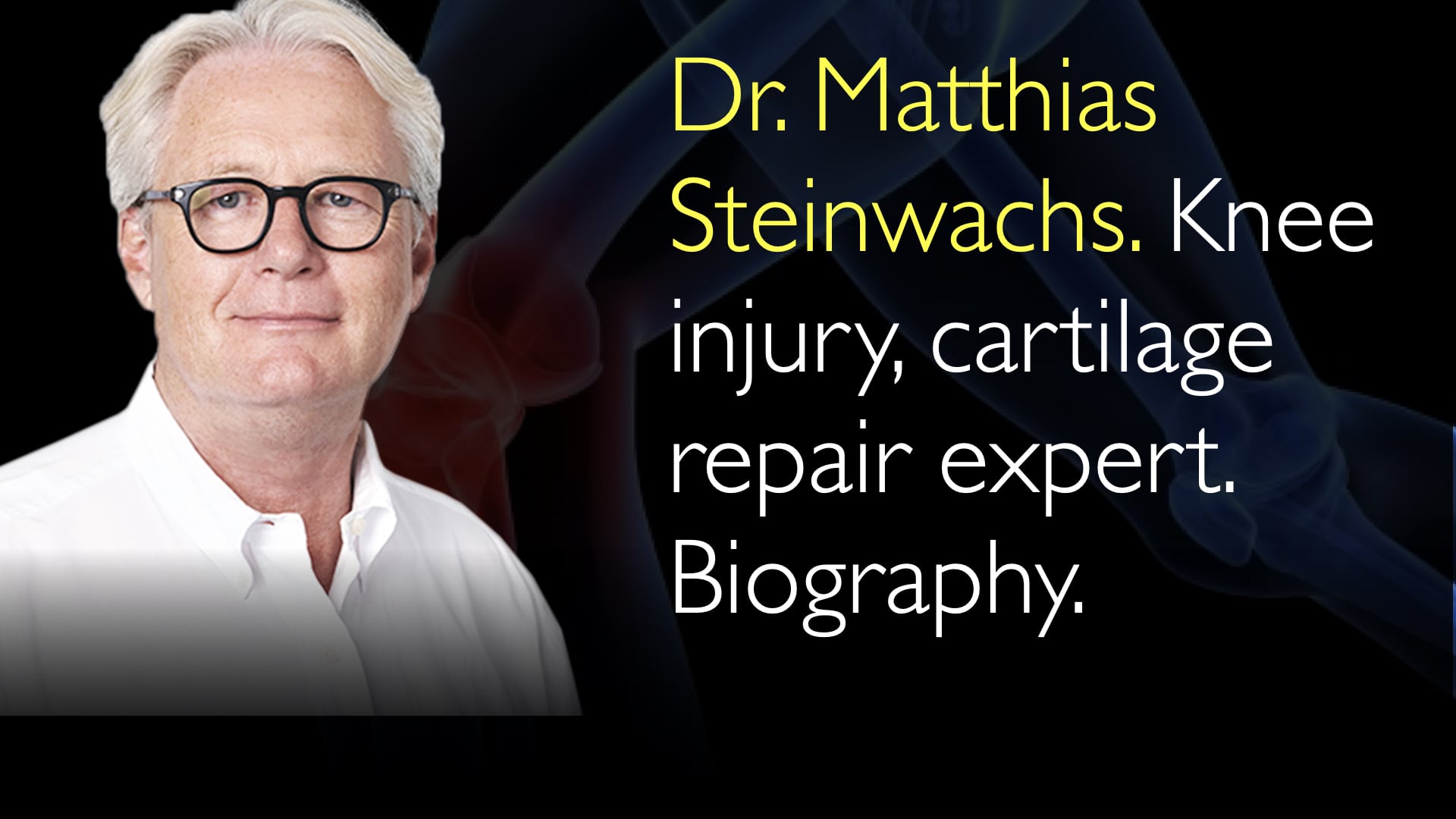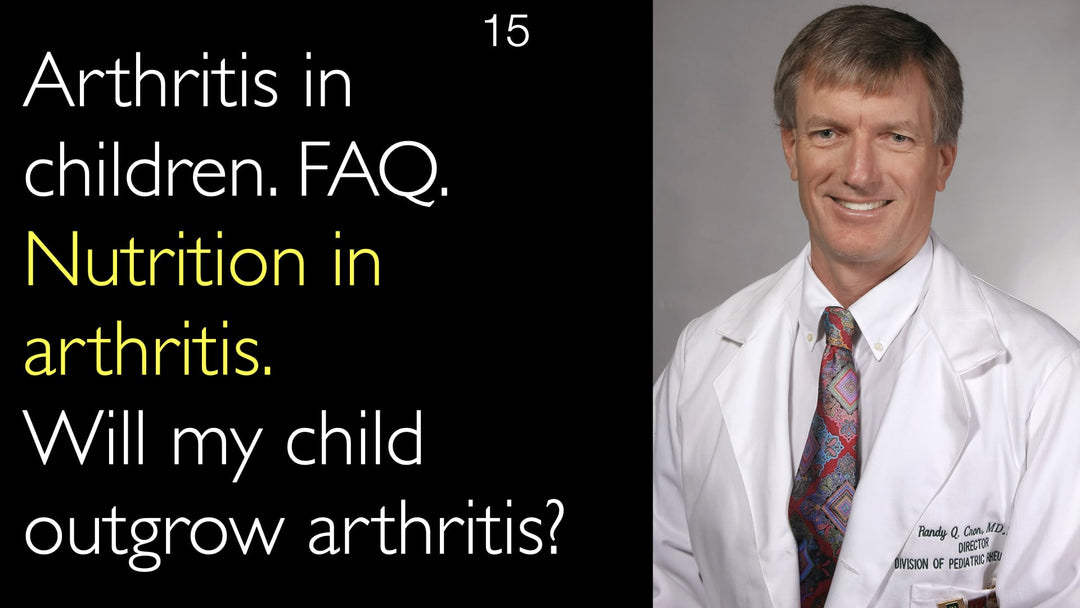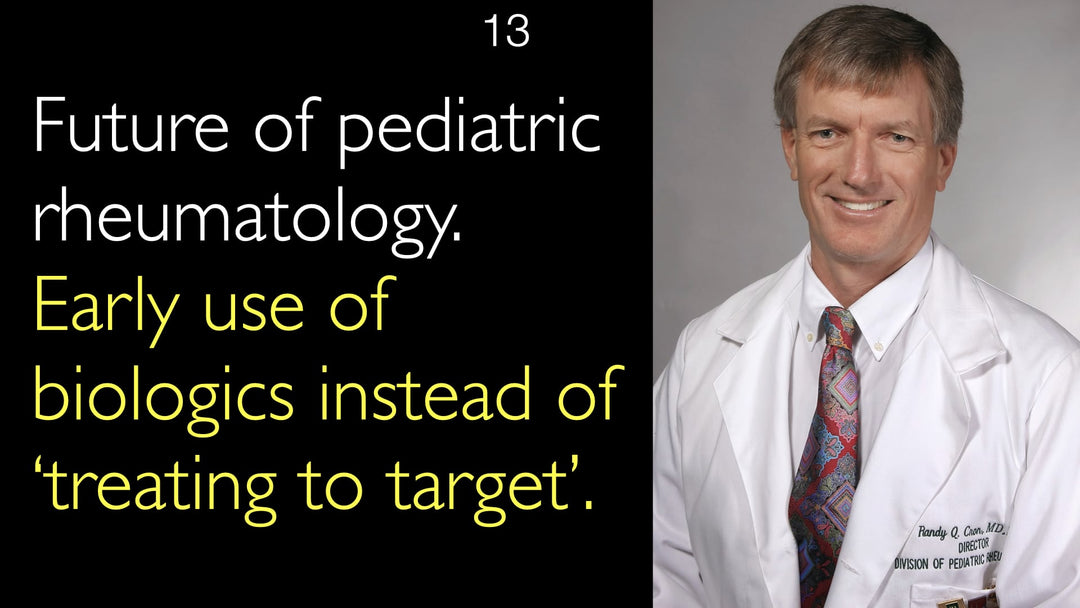Leading expert in cartilage repair, Dr. Matthias Steinwachs, MD, explains a complex knee injury case in a professional tennis player. He details an innovative surgical technique for a large osteochondritis dissecans (OCD) lesion. The procedure involved reattaching the patient's own cartilage and bone. Dr. Matthias Steinwachs, MD, discusses the critical factors for successful healing. He is optimistic about the athlete's full return to competitive sports.
Advanced Surgical Repair for a Locked Knee from Osteochondritis Dissecans
Jump To Section
- OCD Locked Knee Case Presentation
- Surgical Technique and Bone Grafting
- Cartilage Repair Challenges and Risks
- Post-Op Recovery and MRI Findings
- Return to Sports Prognosis for Athletes
- Full Transcript
OCD Locked Knee Case Presentation
Dr. Matthias Steinwachs, MD, presents a clinical case of a professional tennis player with a locked knee. The athlete was unable to play for three months due to the injury. An MRI revealed a massive osteochondritis dissecans (OCD) lesion on the lateral femoral condyle. Dr. Matthias Steinwachs, MD, notes the lesion was unusual because it involved a large cartilage surface with a very small volume of underlying bone. This specific injury pattern presented a significant treatment challenge for restoring knee function.
Surgical Technique and Bone Grafting
Dr. Matthias Steinwachs, MD, describes an advanced surgical approach to address the complex defect. The lesion measured 2.5 cm by 2 cm, which was too large to remove completely. Dr. Steinwachs first removed all loose bone particles from the subchondral bone area. He then performed deep drillings into the bone to recruit a maximum number of cartilage stem cells. To rebuild the bone foundation, he applied cancellous bone graft to the defect.
The final, crucial step was reimplanting the patient's own cartilage. Dr. Steinwachs carefully placed the original cartilage piece back into its anatomical position. He then sutured the edges of the repaired cartilage to the surrounding healthy cartilage. To ensure perfect compression and integration, he also inserted screws to hold the cartilage fragment firmly against the bone.
Cartilage Repair Challenges and Risks
Dr. Matthias Steinwachs, MD, acknowledges that this method carries inherent risks. Published medical literature indicates that such procedures can fail if the cartilage piece does not have a large enough bone base. The success of the repair depends on the reattached fragment integrating seamlessly with both the surrounding cartilage and the underlying bone. Despite these challenges, Dr. Steinwachs believed the biological potential for healing was present and proceeded with the technique.
Post-Op Recovery and MRI Findings
Dr. Anton Titov, MD, discusses the patient's follow-up with Dr. Steinwachs. The patient was seen three months post-operatively, and the results were highly promising. MRI imaging confirmed that the repaired cartilage was completely integrated. There was no visible gap between the reimplanted cartilage and the healthy native tissue. Dr. Matthias Steinwachs, MD, emphasizes that the healing of the subchondral bone looked excellent, which is a critical factor for long-term stability. The next step in the recovery plan is to remove the stabilizing screws the following week.
Return to Sports Prognosis for Athletes
The ultimate goal for this high-level athlete is a full return to professional tennis. Dr. Matthias Steinwachs, MD, provides a optimistic prognosis based on the healing progress. Preserving the patient's original hyaline cartilage tissue offers the best possible functional outcome. Dr. Steinwachs expects the tennis player to gradually return to play within the next three to six months. This case demonstrates that even severe osteochondral defects can be successfully treated, allowing athletes to resume their careers.
Full Transcript
Dr. Anton Titov, MD: Professor Steinwachs, is there a patient’s story you could discuss that illustrates topics that we discussed today? Perhaps a composite of clinical cases that you often encounter in your clinical practice?
Dr. Matthias Steinwachs, MD: Yes, for example, I saw yesterday a patient who is a professional tennis player. He came up three months ago. He has a locked knee injury and could not play tennis again.
We see on the MRI that he has a huge Osteochondritis dissecans (OCD) on the lateral femur condyle. This Osteochondritis dissecans was mostly based on the cartilage surface, so there was a very small volume of bone under the cartilage.
Normally, we see this problem in the following way: if a patient does not have enough bone under the cartilage, then the repaired cartilage does not integrate into the old normal place. But this tennis player’s knee cartilage defect was so huge—it was 2.5 centimeters long and about two centimeters wide.
I would not remove that cartilage defect completely. So I took the risk and removed all the bone particles on the subchondral bone. I did drillings deep in the bone to recruit a maximum number of cartilage stem cells.
Then I put some cancellous bone on the defect in the bone area. I put the cartilage back into its place and sutured that cartilage around to the intact cartilage. I also put some screws into the repaired cartilage to press these cartilage pieces completely back into normal place.
I know that it is a risky method of treatment. In the published medical literature, we see that if the cartilage pieces are not similar in shape and surface area to a big part of the underlying bone, you risk a failure of treatment.
But in that case, I saw the patient yesterday. I see that the repaired cartilage tissue is completely integrated and held in place. Next week, I will remove the screws, and then I hope the patient will grow back his original cartilage, which is the best cartilage repair that you can get.
He can go back to playing tennis, I think, in the next three to six months. So this is a typical characteristic knee cartilage injury situation. You can sometimes go to the limit of treatment methods.
But you can address all biological aspects of cartilage repair that are important for success. Then there is a chance to heal the injury in the situation, which initially looks much worse.
Dr. Anton Titov, MD: And OCD means Osteochondral Defect? What does OCD abbreviation stand for?
Dr. Matthias Steinwachs, MD: Yes, OCD means an osteochondral defect. It means osteochondrosis dissecans. That is the term that means there is a nutrition problem in the subchondral bone.
Over time, patients with OCD (osteochondrosis dissecans) lose a big part of the femoral condyle. So OCD is damage to the cartilage plus subchondral bone. OCD is like a necrotic area between the cartilage and bone.
Dr. Anton Titov, MD: And even after such extensive injury, this professional tennis athlete can return to competitive play?
Dr. Matthias Steinwachs, MD: I think the key factor in this patient is the healing of the subchondral bone. That looks very good on the MRI when I saw it.
So repaired cartilage is completely integrated. There is no gap between the transplanted or implanted cartilage and uninjured cartilage. Repaired cartilage is attached to the subchondral bone. That’s the main point.
This patient has kept his original tissue, which is the best possible method to treat cartilage injury. So for that reason, I expect that he can go back to professional sport. Yes.








